Disproportioned
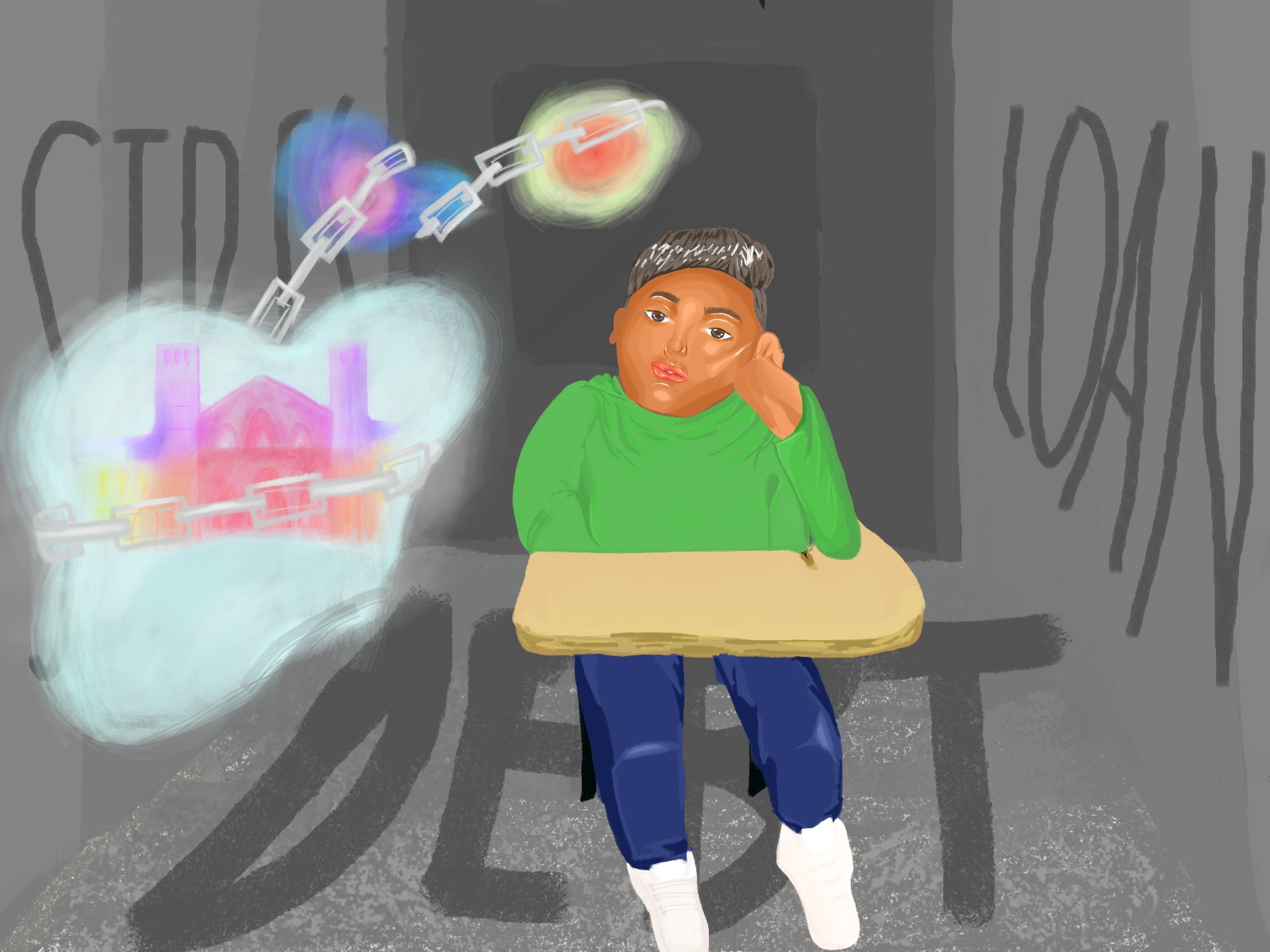
Illustration by Alvaro Hernandez
In the affluent Westwood, Los Angeles, I find myself surrounded by young adults and college students just like myself. But as pretty as Westwood is, there is still something off. I look around and compare myself, and rarely do I see similarities. Even on short walks to Target, I am guaranteed to pass by students wearing designer clothes. The streets are full of boosted boards and fancy cars, and the bright store lights radiate capitalism. It is like high school again where I found myself singled out.
In high school, I was amongst the few students of color in my classes. This didn’t affect me at the time because I was unaware of the importance of everyone’s voice being heard. I was too worried about myself and what was going to affect me. However, each year I would see the same types of people in charge and making decisions. My mindset shifted from myself to my community, and I began to finally question why there was no change to this formula. I wanted to hear people like me represent our views and ideas in conversation, but first there needed to be more people from my background to even have a chance. My high school attracted affluent, white students from the suburbs so having more Latinx students was a challenge in itself. That’s why after getting accepted into college, I hoped to see more diversity and relate to more people like me.
Coming to LA was a dream for me. I would spend the next four years of my life living in Los Angeles, going to school, and enjoying everything that Southern California has to offer. Most importantly, I knew that I would be more immersed in Latinx culture. I imagined so many students of color would be around, both in class and around campus. They would be like me, enjoying the college life but also working towards a degree. While I definitely saw an improvement in the number of Latinx students, it still lacked diversity for me. I wondered why, after everything I dealt with in high school, there was again another struggle of representation I would have to deal with during college. Living in an affluent part of Los Angeles made me realize how lucky some people end up becoming; they are rich and wealthy enough to buy nice clothes and expensive cars. For the vast majority of people, they are surviving. Paying the bills and providing for the family comes first. Suddenly, education is out of the picture.
Through public schools, most families do not have to worry about spending excessive amounts of money on their child’s education. They can go from kindergarten to high school and still receive quality experiences. I went to public school and benefited from every free thing offered to me. After high school, pursuing a higher education becomes expensive. Money is usually the biggest issue in attending college because families have to pay for tuition, room and board, and expenses for textbooks and other miscellaneous items. The University of California Admissions page estimates that for in-state students, the average cost is $36,000. The CSU campus cost of attendance reports that undergraduates have to pay $5,742 before room and board fees. All these costs and fees paint the picture of higher education as only being accessible to the wealthy. It becomes a struggle for the average family to send their kid to college and afford the whole expense. I was fortunate enough to be given the chance to go to UCLA, but for many, the accessibility of college is limited by the cost it required to attend.
By not offering equal access for all students to continue their education into college, we leave the system to choose from a disproportionate amount of applicants, to begin with. The fear of college costing too much turns away students who are afraid they will not be able to pay for their education. I feel affected by the results of this. I go to class in Young Hall, CS50, which seats hundreds of students. Seats that are filled with privileged students, and the class is lacking in diversity. I walk into La Kretz 100, and I see the same results. It is never the class that matters, but the whole school has issues with diversity. I almost always find the same types of students in my classes, and struggle to connect when there’s a lack of a broader range of students.
It saddens me that despite how much money circulates in Westwood and other affluent areas, there are still students that have issues paying for a college education. People have more than enough money to buy luxuries, but on the opposite spectrum, people are fighting to pay rent and bills. College is not as accessible as I imagined it. College becomes the dream, the imagined idea that if they did have money, they could go.


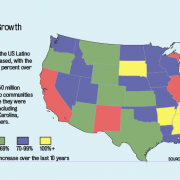




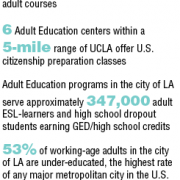

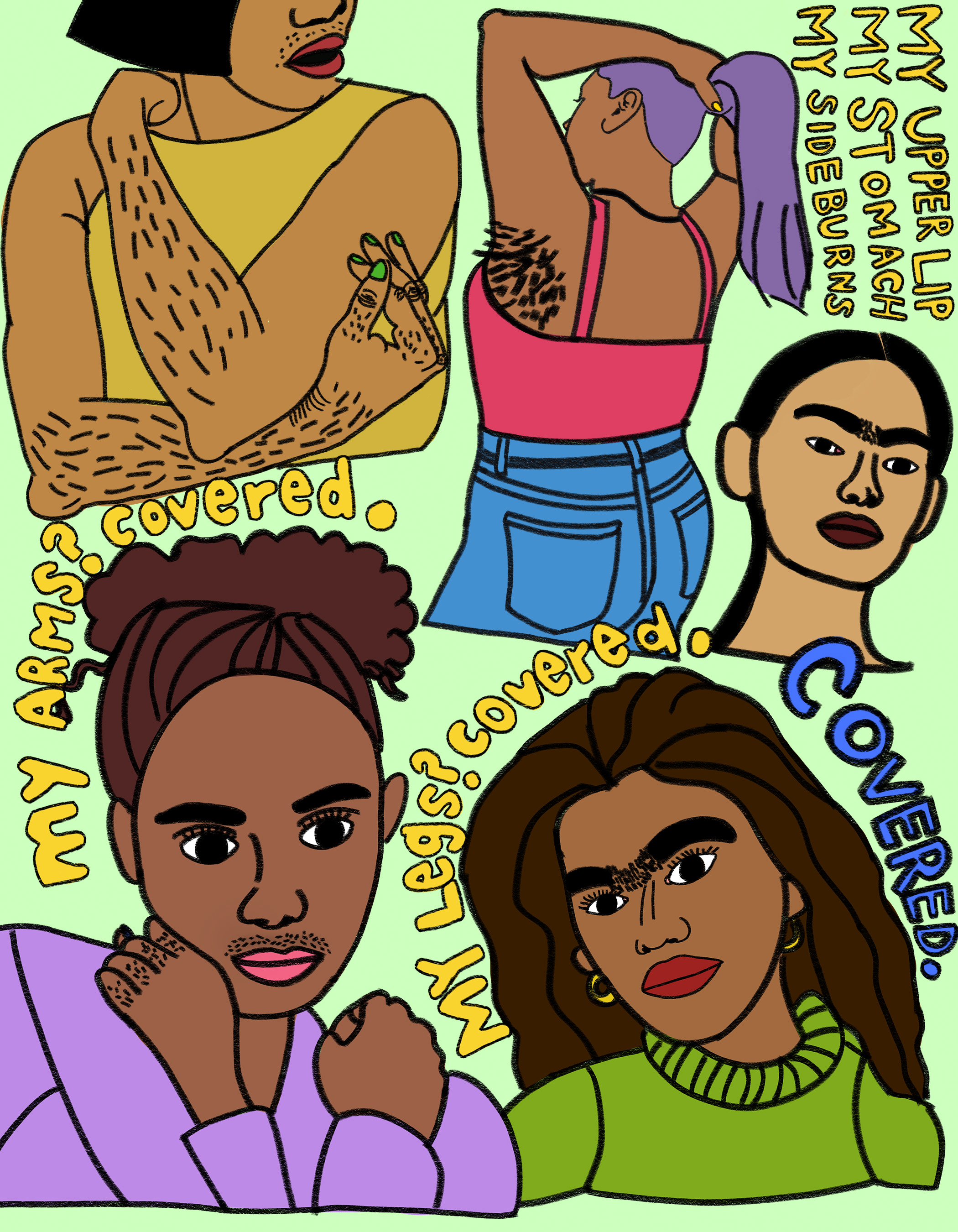
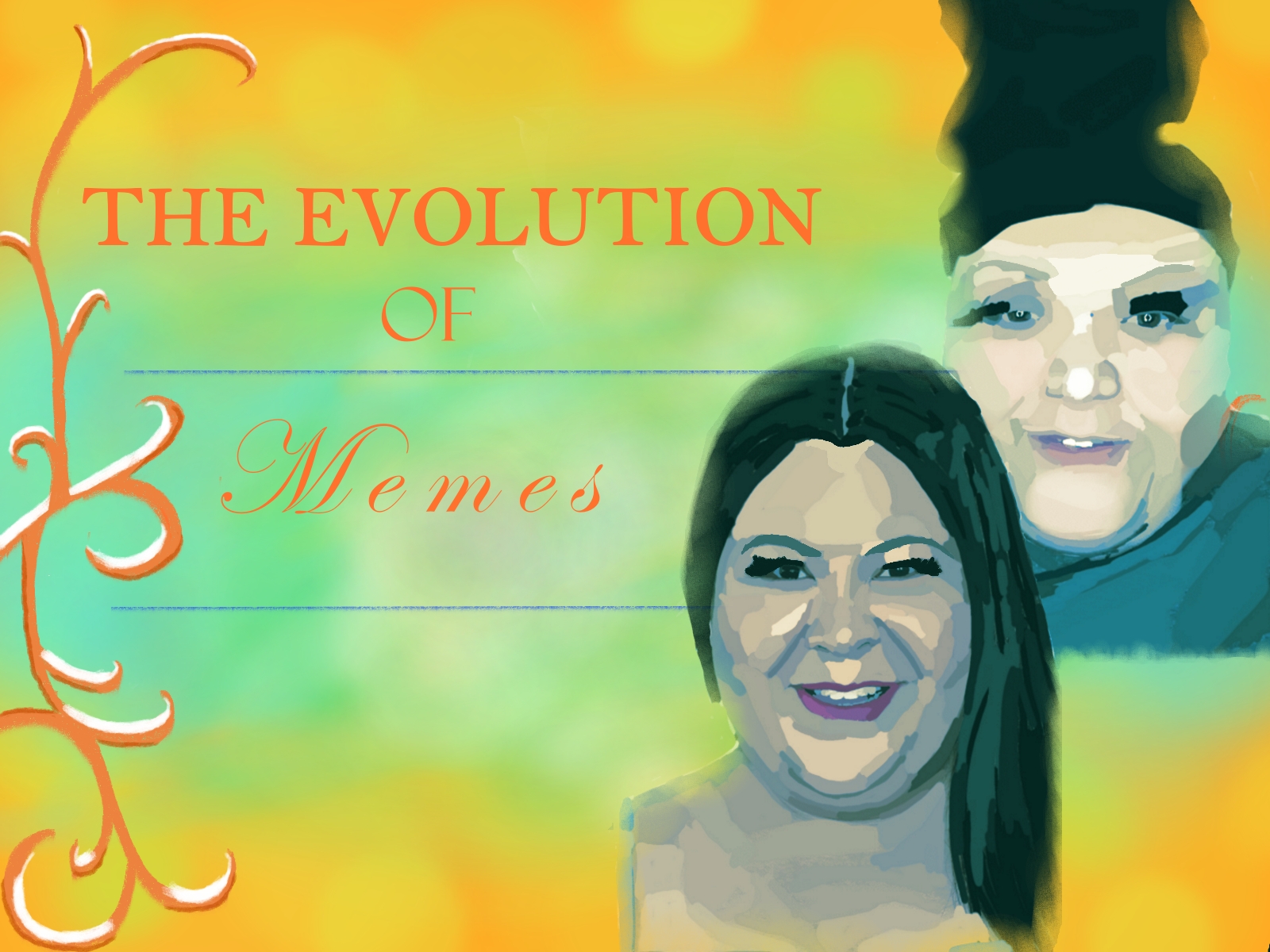
Leave a Reply
Want to join the discussion?Feel free to contribute!